My question is close to this thread but the difference is I want my training and test dataset to be spatially disjoint. So no two samples from the same geographical region --you can also define the region by county, state, random geographical grid you create for you own dataset among others. An example of my dataset is like THIS which is an instance segmentation task for satellite imagery.
I know pytorch has this capability for random splitting:
train_size = int(0.75 * len(full_dataset))
test_size = len(full_dataset) - train_size
train_dataset, test_dataset = torch.utils.data.random_split(full_dataset, [train_size, test_size])
However perhaps what I want is spatially_random_spliting functionality. Picture below is also showing the question where in my case each point is an image with associated labels.

